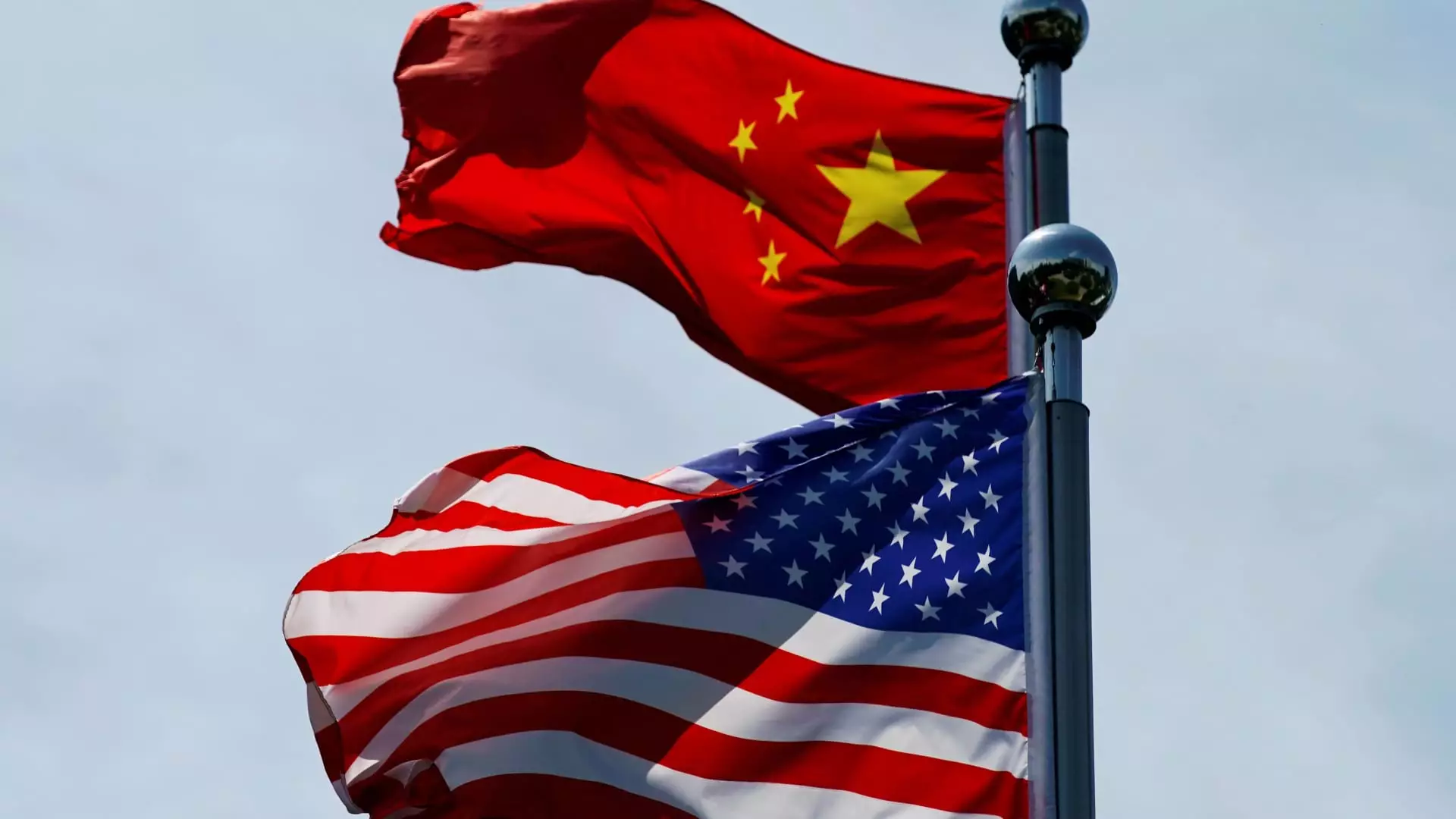In a bold move that sends ripples through the global economy, President-elect Donald Trump has announced plans to impose steep tariffs on imports from key trading partners including China, Mexico, and Canada. This decision, announced via his social media platform, Truth Social, reflects a shift towards protectionist policies that could have significant ramifications not only for the U.S. economy but also for international trade dynamics.
Trump’s intention to raise tariffs by an additional 10% on all Chinese imports underlies a broader concern regarding drug trafficking, particularly the influx of synthetic opioids like Fentanyl. While the idea of linking tariffs to drug enforcement may appeal to some segments of the electorate, it raises questions about the efficacy and legality of weaponizing trade against foreign nations. Although Trump claims to have engaged in dialogues with Chinese officials, his threat to apply tariffs aims to leverage trade as a punitive tool rather than seeking diplomatic avenues for cooperation on drug control.
The U.S. has struggled with a public health crisis attributed to opioid use, exacerbated by the illegal entry of these drugs across borders. However, the potential backlash against these tariffs could further strain U.S.-China relations, complicating collaborative efforts to combat drug trafficking and public health crises.
The proposed 25% tariff on all products from Mexico and Canada signifies a radical departure from the existing North American free trade agreement. This initiative could jeopardize decades of economic integration and cooperation, affecting supply chains across industries that rely heavily on cross-border trade. By elevating trade tensions, Trump risks alienating two of the U.S.’s closest trading partners, which may erode the economic fabric of North America.
The ramifications extend beyond the immediate impact on tariffs; there is potential for retaliatory measures from both Mexico and Canada that could harm American businesses and consumers alike. Economic analysts have voiced concerns regarding rising prices and reduced availability of products as trade barriers rise, suggesting that the economic burden may ultimately fall on the shoulders of American citizens.
Although Trump’s announcement of tariffs is less severe than previously suggested during his campaign, the financial markets reacted positively momentarily, with some experts noting that a lower-than-expected tariff may limit the immediate shock to the economy. However, ongoing uncertainties regarding trade agreements and the overall economic strategy of the Trump administration will likely contribute to market volatility.
Prominent economist Kinger Lau from Goldman Sachs predicts that the Chinese government may respond to these new tariffs by implementing rate cuts and fiscal stimulus programs with the goal of mitigating economic fallout. As the world’s two largest economies navigate this turbulent landscape, global markets must prepare for fluctuations that could stem from uncertain trade practices.
The path ahead is laden with challenges as Trump steps into the role of president, ushering in a potential era marked by heightened trade tensions and protectionist policies. While the administration’s focus on curbing drug crime is crucial, it may need a nuanced approach that balances economic imperatives with humanitarian considerations. As America grapples with the complexities of international trade in the 21st century, the efficacy of such tariffs will soon become a pivotal topic of discussion within both economic and political circles.

